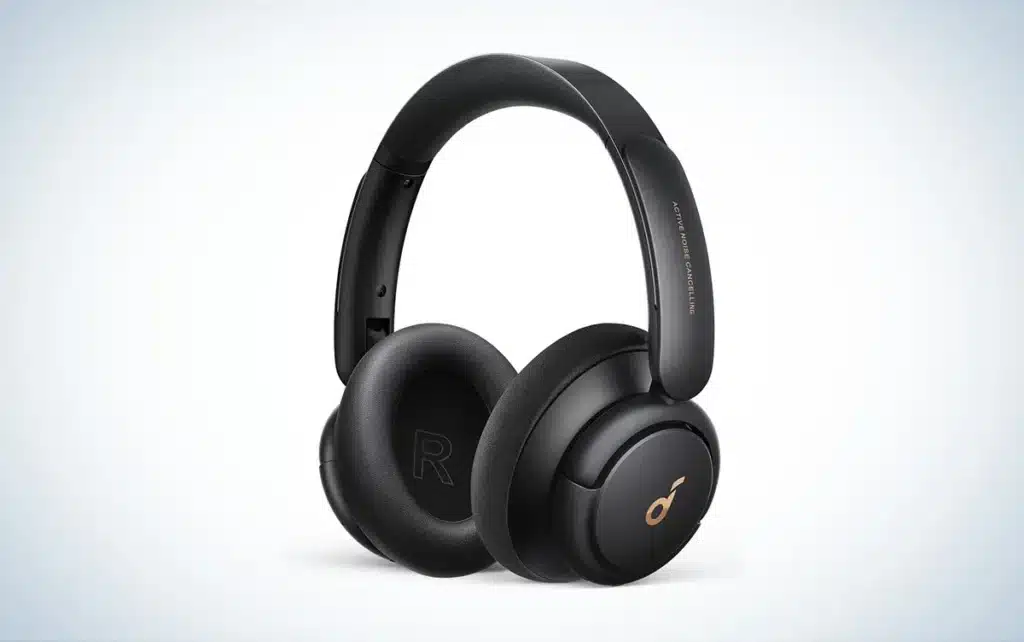Table of Contents
How to Use Wireless Headphones For Smart TV?
Wireless Headphones For Smart TV? If you want to watch TV without disturbing roommates or neighbors, a good pair of wireless headphones can help. These headsets convert the digital TV signal into a Bluetooth transmitter or plug-in receiver set that connects to your headphones.
Using these devices is easy. Simply put your headphones in pairing mode and consult the instructions for your device.
Adapters:
If you live in an apartment and want to watch TV without disturbing roommates or neighbors, or simply want the option of listening to a program with the volume turned down, a good set of wireless headphones may be the answer. Wireless headsets offer a range of features that optimize your TV viewing experience, and some even include built-in noise-canceling technology that eliminates external distractions.
The best option for many TV users will be Bluetooth-enabled headphones. Bluetooth is a short-range wireless protocol that can be used to connect a wide variety of headphone models to most modern smart TVs. Some of the newest Bluetooth headphones for TV also offer advanced audio features like aptX and low latency.
In some cases, you’ll need an adapter to use Bluetooth headphones on older non-smart TVs. These transmitters, which hardwire into your TV and beam out a Bluetooth signal, are available in different forms, including USB dongles and 3.5mm breakout boxes.
Another option is to invest in “traditional” wireless headphones that are designed expressly for this purpose. These typically come with a base station that plugs into your TV and transmits an audio signal over RF, infrared, or some other form of radio frequency wireless technology. While these units tend to be more expensive than Bluetooth-enabled headphones, they typically have far superior ranges, often up to 300 feet or more when unobstructed.
Transmitters:
There are several different ways to use headphones with your TV, depending on what kind of headphones you have and the capabilities of your TV. There are “traditional” TV-ready headphones that come with a base station that plugs into the TV and beams audio to the headphones using some form of wireless technology — usually RF or infrared, although Bluetooth is becoming more common, as well.
These headphones tend to have a much higher price tag than Bluetooth-only headphones but can provide an immersive listening experience that is suitable for most people. They also offer the benefit of low-latency transmission, which can help ensure that the audio and visuals stay in sync. One such option is the Shure AONIC 50 Wireless, which supports the aptX Adaptive codec. This feature can reduce the latency to about half that of conventional Bluetooth headphones.
Alternatively, you can use a transmitter to make Bluetooth headphones work with your TV, especially if it has a 3.5mm headphone jack on the back.
This allows you to enjoy premium headphones such as the Sennheiser RS 185, which can create an immersive soundscape that can fairly well mimic what a quality home theater system could deliver. These headphones have an impressive range, and the ability to transmit DTS:X, which can add a sense of realism by placing sounds within a virtual space.
RCA to 3.5mm Adapter:
Many smart TVs and even older non-smart models have audio output ports that are compatible with Bluetooth headphones. This can be an easy way to enjoy your favorite shows or movies without disturbing anyone else in the room. To use wireless headphones with your TV, simply plug a Bluetooth transmitter into the audio output port of your TV and then pair them with your wireless headphones. Sony’s WLA-NS7 transmitter is a great option for BRAVIA TVs and pairs easily with the company’s popular WH-1000XM5 headphones.
If you prefer a dedicated TV headphone set, look for a model with built-in noise-cancelling technology. This will help to reduce ambient sounds and amplitude to make the audio more crisp, clear, and balanced. You can also find sets with audio settings such as surround sound. And bass control that. Some headsets include DTS:X, which can add a greater sense of location within the soundscape. This is particularly useful for gaming, where the precise placement of game sounds can give you a competitive advantage.
Dedicated TV headphones usually offer low latency, so they stay in sync with the visuals on the screen. Often, they also include a wireless transmitter that eliminates the need for audio cables running from your TV to your couch.
USB Headset:
If you have a smart TV that supports Bluetooth, it’s possible to use headphones without an external adapter. Open your TV’s Settings app and check for a Bluetooth menu to connect your wireless headphones. Some smart TVs include Bluetooth support in their remotes, too.
Some models offer low-latency RF connectivity for a smooth, immersive experience. Others feature high-resolution audio codecs like aptX Adaptive to provide crisp, clear sound, with the lowest latency possible. Some feature noise-canceling technology for a private listening experience that prevents other sounds from intruding and stops. Your neighbors or roommates from hearing your favorite movie or game.
The Sony WH-1000XM4 headphones are an excellent example of this type of headset. They deliver impressive acoustic quality that replicates the sound of the environment in which it was recorded. And they’re fitted with large buttons for easy operation. They’re designed to work with a wide variety of devices, including Blu-ray players, and streaming services. And even a gaming console.
A simple pair of USB-corded headphones is also a good choice for many situations. These typically have a headband that adjusts to fit your ears, and they’re well-padded for all-day wear. Some come with two headsets, so you can share one or extend your listening hours with a backup set. They’re compatible with most TV. They connect via a USB receiver base or an AUX, digital optical, or analog wired connection.






Add comment